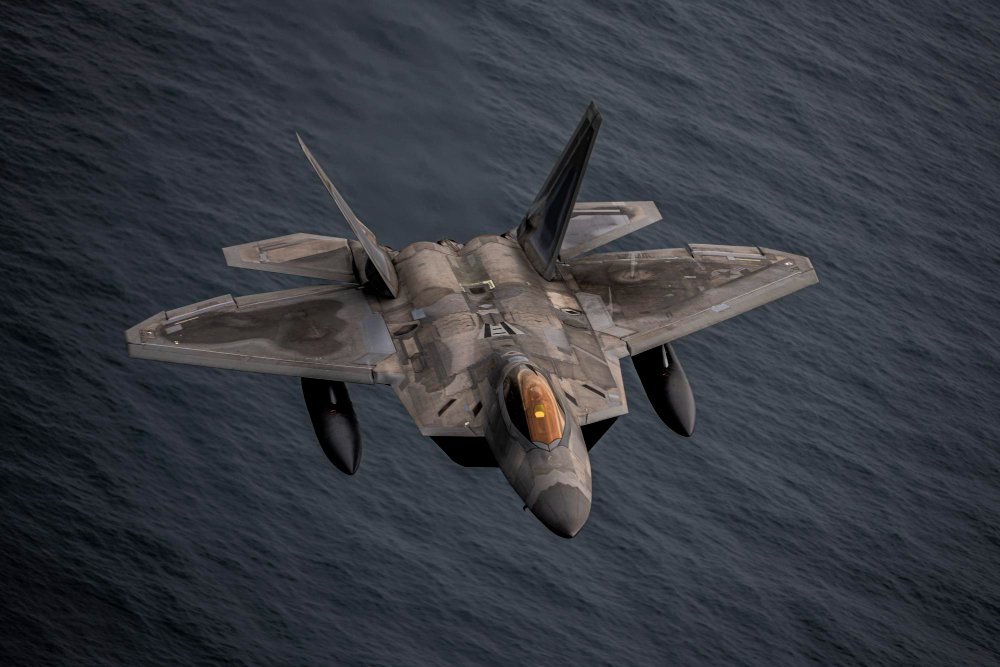How Do Defense & Aerospace Firms Drive Sustainability?
In today's world, thinking about sustainably making defense products is super important. This means caring about the environment while creating weapons and military gear. By focusing on sustainability, we not only help the planet but also develop new ideas and ways to improve these products. Defense and aerospace companies are starting to pay more attention to this. They're finding ways to be eco-friendly while still making top-notch products for defense purposes. Learn the details here.
How Is Sustainability Transforming Defense And Aerospace Product Innovation?
Evolving Customer Preferences- Customers today want more than just functional defense and aerospace products; they want sustainability and advanced technology.
Complex Operating Environment- Developing new products in the defense and aerospace industry is challenging due to strict regulations, extensive testing, and certification requirements.
Growing Emphasis on Sustainability- A rising focus on sustainability pushes defense and aerospace companies to innovate with eco-friendly materials and processes.
Product Innovations- Despite challenges, consumer demands push the industry to innovate with improved technology, reduced emissions, better performance, and lower costs.
Driving Factors- Factors like sustainability, advanced technology, and cost efficiency drive defense and aerospace companies to introduce new products in 2024.
Environmental Propulsion Alternatives- In the future, anticipate further strides from defense and aerospace companies toward developing eco-friendly propulsion alternatives to curb emissions and align with potential future regulations.
Advancements in Supersonic and Hypersonic Flight- Both commercial and government sectors will likely drive developments in supersonic and hypersonic flight technologies, prompting defense and aerospace companies to innovate accordingly.
Diversification of Research and Development- While propulsion and flight technologies are focal points, expect continued research and development in various areas within the defense and aerospace industry, including materials science and the integration of advanced manufacturing methods.
Driving Sustainability And Innovation In The Aerospace And Defense Sector
Sustainability Targets and Initiatives- Defense and aerospace companies are actively pursuing net-zero CO2 emissions by 2050, aligning with the Paris Agreement. They are setting interim 2030 sustainability targets to reduce greenhouse gas emissions, water waste, and energy consumption.
Impact of Regulatory Frameworks- Companies are responding to regulations like California’s Climate Accountability Package and the US Securities and Exchange Commission’s climate disclosure rule, intensifying their focus on sustainability and emissions reduction.
Rise of Alternative Propulsion Technologies- Anticipate growth in electric, hybrid, hydrogen, and solar-powered propulsion technologies, driven by the demand for reduced and zero-emission aviation. Investments in electric propulsion solutions are paving the way for innovation in defense applications.
Advanced Air Mobility (AAM) Industry Expansion- The AAM industry is on an upward trajectory, with advancements in design, testing, and certification expected in 2024, paving the way for commercialization by 2025. Significant orders from airlines indicate growing interest in AAM aircraft.
Focus on Manufacturing Capabilities- AAM manufacturers are transitioning from proof-of-concept to scaled production, with plans underway to establish robust manufacturing plants for large-scale aircraft production, signaling further growth opportunities in the sector.
Transition to Sustainable Propulsion Systems- The AAM industry is considering electric propulsion for smaller aircraft, while the A&D sector looks towards hybrid electric or hydrogen fuel systems for larger aircraft with 20 to 100 seats.
Role of Sustainable Aviation Fuel- Sustainable aviation fuel is viewed as a crucial interim solution, with the International Air Transport Association projecting it could contribute up to 62% of the carbon mitigation required to meet 2050 emissions reduction goals.
Redesigning Aircraft and Engines- Defense and aerospace companies are focusing on significant redesigns of aircraft and engines to enhance sustainability. This includes producing lightweight components with advanced materials to reduce fuel consumption and improve structural strength.
Advancements in Engine Technology- Engine manufacturers are dedicated to developing engines with cutting-edge technologies to enhance fuel efficiency, reduce noise emissions, and minimize environmental impact. The US Air Force is progressing in developing new generation fighter aircraft under the Next Generation Air Dominance program, leveraging adaptive engine technology from the Next Generation Adaptive Propulsion program.
Funding for Next Generation Air Dominance Program- For the fiscal year 2024, the proposed budget of the US Air Force assigns allocations of US$595 million for the Next Generation Adaptive Propulsion program, demonstrating a commitment to advancing sustainable aviation technologies in the defense sector.
Unleashing Scopes: Supersonic And Hypersonic Technologies
Quiet Supersonic Travel- NASA's X-59 QueSST program aims to demonstrate quiet supersonic travel by reducing sonic boom intensity, although significant hurdles remain in product development.
Investments in Supersonic Technology- Leading supersonic aircraft manufacturers are securing investments and collaborations with major US airlines, indicating growing optimism in the potential of sustainable and economically viable supersonic aircraft.
Rise of Hypersonic Technology- In 2024, there is increasing demand for offensive and defensive hypersonic technology, with budgets allocated by the US Department of Defense (DOD) and NASA for development and testing.
Operationalizing Hypersonic Weapons - A&D companies are working to operationalize hypersonic weapons, including glide vehicles and cruise missiles, with substantial funding from the DOD.
Focus on Speed to Market- A&D companies prioritize speed to market for new products, relying on digital transformation of supply chain and production processes. The digital thread is expected to be pivotal in new product introductions, connecting engineering, supply chain, manufacturing, and aftermarket activities.
How Do Defense And Aerospace Companies Contribute To Growth And Innovation Through Industry Spending?
Spending Trends of Defense and Commercial Growth in Aerospace
Expected Increase in Industry Spending - Both defense and commercial segments are anticipated to increase spending, driving growth and innovation within the defense and aerospace organizations.
Drivers of Defense Spending - Geopolitical tensions and the need for future capabilities are expected to fuel an increase in defense spending. The US Department of Defense (DOD) has requested a budget of US$842 billion for fiscal year 2024, prioritizing innovation and countering potential adversaries.
Focus on Innovation- The rise in military spending in 2024 aims to drive innovation and digital infrastructure, emphasizing implementing commercial technologies and leveraging private capital for emerging defense technologies and manufacturing.
Key Focus Areas and Trends in US Defense and Aerospace Commercial Spending
Focus on Capability Enhancement- The United States directs investments toward procuring next-generation ground, naval, and air vehicles and modernizing existing ones to meet defense requirements.
Embracing AI and Emerging Technologies- The US Department of Defense (DOD) prioritizes investments in microelectronics, AI, quantum technologies, advanced computing, and propulsion to maintain strategic advantage in future conflicts.
Engagement with the Private Sector and Academia- The DOD has established initiatives like the Defense Innovation Unit (DIU) and AFWERX to promote innovation and accelerate the integration of emerging technologies.
Increased Spending in the Space Sector- US government spending on space programs has increased, with the United States Space Force (USSF) and NASA requesting significant budgets for fiscal year 2024 to focus on building resilient space forces and advancing space exploration.
Challenges Amidst Inflation- Despite the rise in defense spending, concerns arise due to lower accurate growth rates compared to inflation, posing challenges for executing planned activities in the future.
Commercial Spending Trends- Recovery of passenger kilometers to pre-pandemic levels and continued investments from emerging markets like Advanced Air Mobility (AAM) and space are expected to drive increased commercial spending.
AAM Sector Development- AAM manufacturers are poised for continued spending in 2024 to establish manufacturing and operational capabilities, with investments expected in infrastructure development and public awareness initiatives.
Changes in the Commercial Space Industry- The commercial space industry may see increased acquisition and consolidation in 2024, with investors exercising caution amidst unmet revenue projections from previous investments.
Optimize Your Defense And Aerospace Projects With Choctaw Global
Explore how Choctaw Global can revolutionize your defense and aerospace projects. Our entire staff of manufacturing engineers, machinists, welders, painters, assembly, and support staff ensure unparalleled speed and organization in every aspect of production. Let us elevate your operations with precision engineering, fabrication, and efficient shipping. Partner with Choctaw Global for unmatched excellence in manufacturing solutions for defense and aerospace companies.

